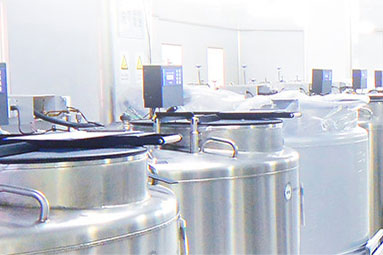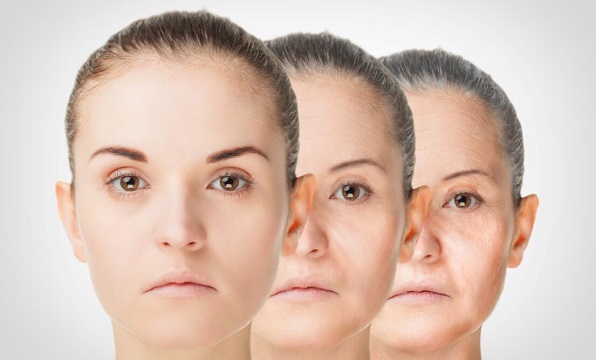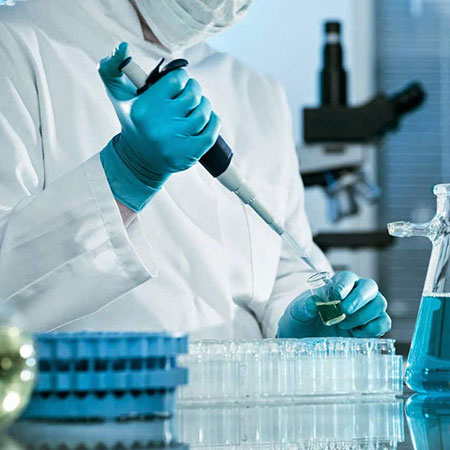Regeneration is ‘next generation’ of treatment
Regenerative medicine will become the “next generation” of medical treatment, with researchers already working on regrowing bones and even nerves on artificial scaffolding, said Dr. Anthony Windebank, associate director for discovery in the Mayo Center for Regenerative Medicine.
Instead of transplanting an organ from a donor, Mayo providers will use the body’s own resources to help re-grow organs.
“This is using entirely new results from research coming from many directions,” Windebank said. It’s one of the most exciting and active areas of research at the moment, he said.
Mayo plans to use its own research discoveries and discoveries made around the world. That knowledge, Windebank said, “we will then be bringing, as quickly as we can to our patients.”
About 20 lead researchers, each with a large laboratory and clinical staff, are focused on regenerative-medicine discovery efforts, Windebank said.
Peripheral nerve injuries, ALS, severe blood vessel disease compromising blood flow to the limbs, kidney disease, heart disease, eye disease and diabetes are all understood.
“Probably one of the most-important and the broadest is diabetes,” Windebank said.
The major advance in the past five years “has been the ability to acquire cells from people … and to take these cells out of the body, to grow them up in very large numbers in a way that is both acceptable and safe, to then use them in tissue replacement in patients.”
Instead of using embryonic stem cells, Mayo uses tissue taken from the patient’s body and coaxes them to become stem cells. Embryonic stem cell treatment currently requires use of immunosuppressive drugs. With adult stem cells from the patient, the need for those drugs is eliminated because the body is less likely to reject the cells.
“Tissue engineering” can make “scaffolds” — a structure to support the cells. Windebank says tissue engineering involves the field of “biodegradable polymer chemistry” using tissue engineering to create a scaffold for bone healing. Put the scaffold in, seed it with the patient’s stem cells and the goal is to get the cells to re-grow the bone.
For example, if you had to remove bone during cancer treatment or after a trauma, “you use a scaffold that kind of mimics the architecture of the bone, but to make it living, you have to add cells to the scaffold.”
“You put that in and that sort of forms the area where the body itself will then use that as kind scaffolding to gradually replace the tissue,” Windebank said. This is different from today’s hip replacement. The scaffold would gradually disintegrate.
“The body is very good at remodeling bone tissue if it’s got something to work on. … We’re doing exactly the same thing in the nerve tissues,” Windebank said.
Mayo also is working on a research study to use nerve scaffolding to re-grow nerves.
“There’s an overwhelming amount of new knowledge coming forward all the time,” Windebank said. Mayo’s focus is to say, “Which are the ones that are going to be able to be used for patients, as soon as possible?”
Windebank dreams of a day when severe war injuries and spinal cord injuries will be repaired.
“We are able to get in animals regeneration of spinal cord tissue,” he said. “The next vision is, OK we can make the nerve cells grow. Can we get them to connect up to where we need them to go in the spine and the spinal cord?”
Five years ago, getting nerves to regenerate was thought impossible. Now, he hopes researchers will be able to get the nerves to connect to each other while they are undergoing repair.
“I’ve been in biomedical research for 35 years now. This is the most incredibly exciting time for me personally, but I think for the field in terms of the opportunities to move things forward that make a difference to health,” Windebank said. “I’m excited to come to work every day, and after you’ve been at it so long, it’s great to be able to say that.”
Education of the work force for the future will be essential, Windebank said.
“In the short term,” he said, “we need the research financial support, in the long term we need our young people to be going into this field — which is incredibly exciting and tends to be underrepresented in the way we educate.”
Health reporter Jeff Hansel writes the Pulse on Health column every Monday. Follow him on Twitter @JeffHansel.
Reference:
http://www.postbulletin.com/news/stories/display.php?id=1514528






SUBSCRIBE TO OUR NEWSLETTER